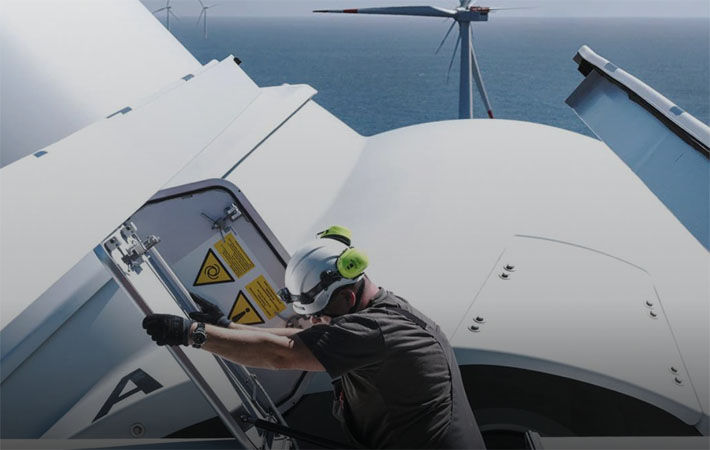Changes to lead to considerable shifts in demand by 2050: McKinsey

Coal production for energy use would nearly end by 2050, the analysis said.
The Network for Greening the Financial System (NGFS) is a network of 83 central banks and financial supervisors that aims to accelerate the scaling up of green finance and develop recommendations for central banks' role for climate change. It was created in 2017 and its secretariat is hosted by the Banque de France.
Similarly, the transition would affect demand for products that use fossil fuels. Demand for internal combustion engine (ICE) cars would eventually cease as sales of battery-electric and fuel cell-electric cars increase from 5 per cent of new-car sales in 2020 to virtually 100 per cent by 2050.
In other sectors, demand could shift, with a substitution of products manufactured with emissions-intensive operations to lower-emissions alternatives.
In the agriculture and food system, the dietary shifts necessary for a net-zero transition would, over time and in the case of some consumers, move protein demand from emissions-intensive beef and lamb to lower-emissions foods like poultry, the analysis said.
In other areas, in particular those related to low-emissions energy sources, demand would grow. Power demand in 2050 would be more than double what it is today. Production of hydrogen and biofuels would both increase more than tenfold between 2021 and 2050. Other industries, for example those that manage carbon with carbon capture and storage technologies, could also grow, it said.
Shifts in demand during the net-zero transition would trigger the retirement or transformation of some existing physical assets and the acquisition of new ones. The analysis suggests that these moves would influence spending on physical assets in two ways.
First, spending would increase significantly relative to today. Second, a portion of the capital that is now being spent on high-emissions assets would be spent on low-emissions assets.
The analysis suggests that about $275 trillion in cumulative spending on physical assets, or approximately $9.2 trillion per year, would be needed between 2021 and 2050 across the sectors studied.
The report has identified six main archetypes of nations based on the common nature of their exposure to transition to reach net-zero greenhouse gas emissions by 2050: fossil fuel resource producers, emissions-intensive producers, agriculture-based economies, land-use-intensive nations, downstream-emissions manufacturers and services-based economies.
The second archetype of fossil fuel resource producers includes includes India, Vietnam, Bangladesh, China, Indonesia, Pakistan, South Africa, Thailand, Turkey and Ukraine. These countries derive sizable portions of their gross domestic product (GDP)—about 18 per cent on an average—from highly-exposed sectors like high-emissions manufacturing, fossil fuel-based power, and agriculture.
Jobs in these countries tend to be concentrated in agriculture (more than 20 per cent), while much of the capital stock is in manufacturing and fossil fuel-based power.
Countries in the second archetype are likely to adjust to the transition mainly by decarbonising industrial processes, expanding renewable-power capacity, and helping farmers adopt low-carbon practices or transition away from agriculture. These will need to make a substantial investment to decarbonise their economies and secure low-carbon growth, energy access, and affordability for all, the report says.
The McKinsey analysis suggests that these countries face a particular risk of asset stranding. Capital stock in these countries (coal-fired power plants, for example) is often newer than in advanced economies.
Without careful planning, they run the risk that continued spending on lower-cost, high-emissions assets could result in the need to prematurely retire or reduce utilisation of these assets after only a few years as the world transitions to a net-zero path.
At the same time, these countries have the potential to serve growing markets for low-emissions goods. Asian countries - many of which are included in this archetype - more broadly possess resources that could be conducive to low-emissions innovation, the report added.
Fibre2Fashion News Desk (DS)
































-Ltd..jpg?tr=w-120,h-60,c-at_max,cm-pad_resize,bg-ffffff)





.jpg?tr=w-120,h-60,c-at_max,cm-pad_resize,bg-ffffff)
.jpg?tr=w-120,h-60,c-at_max,cm-pad_resize,bg-ffffff)






